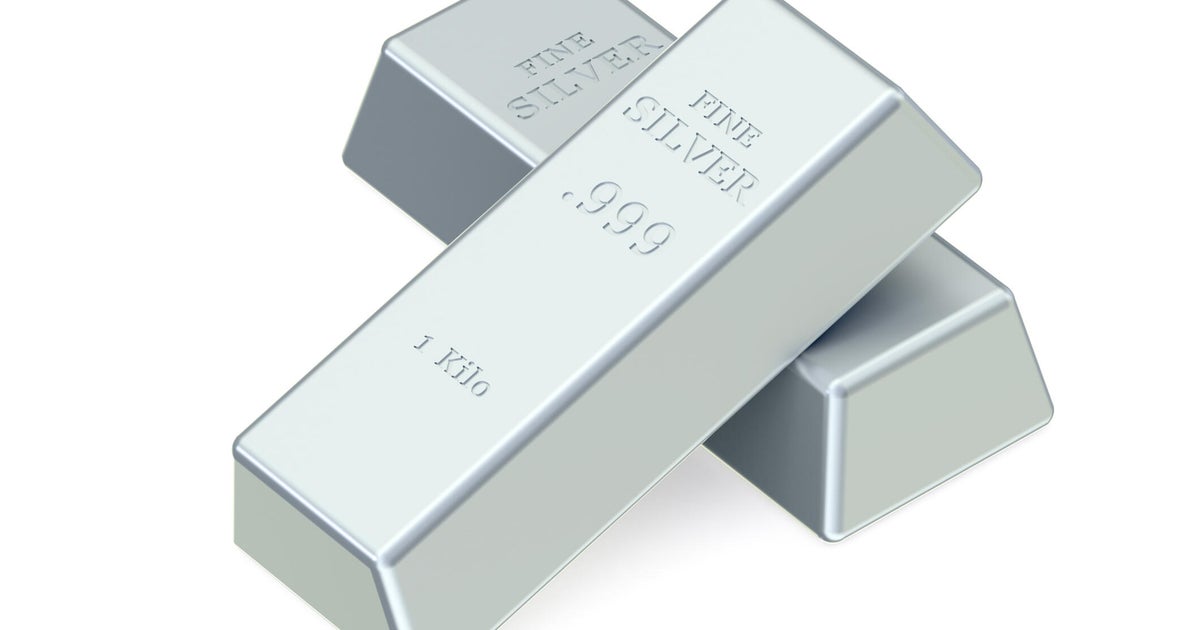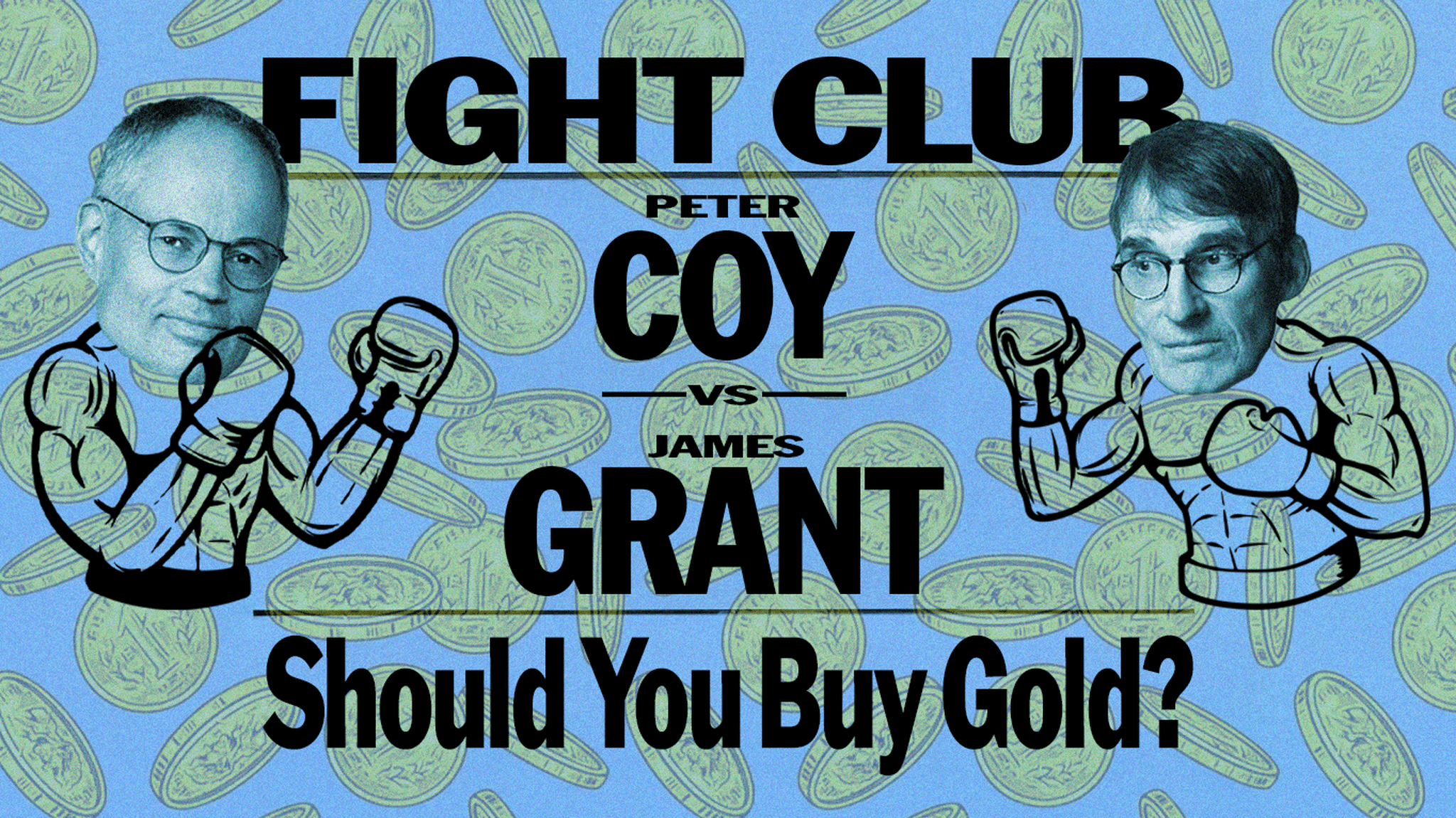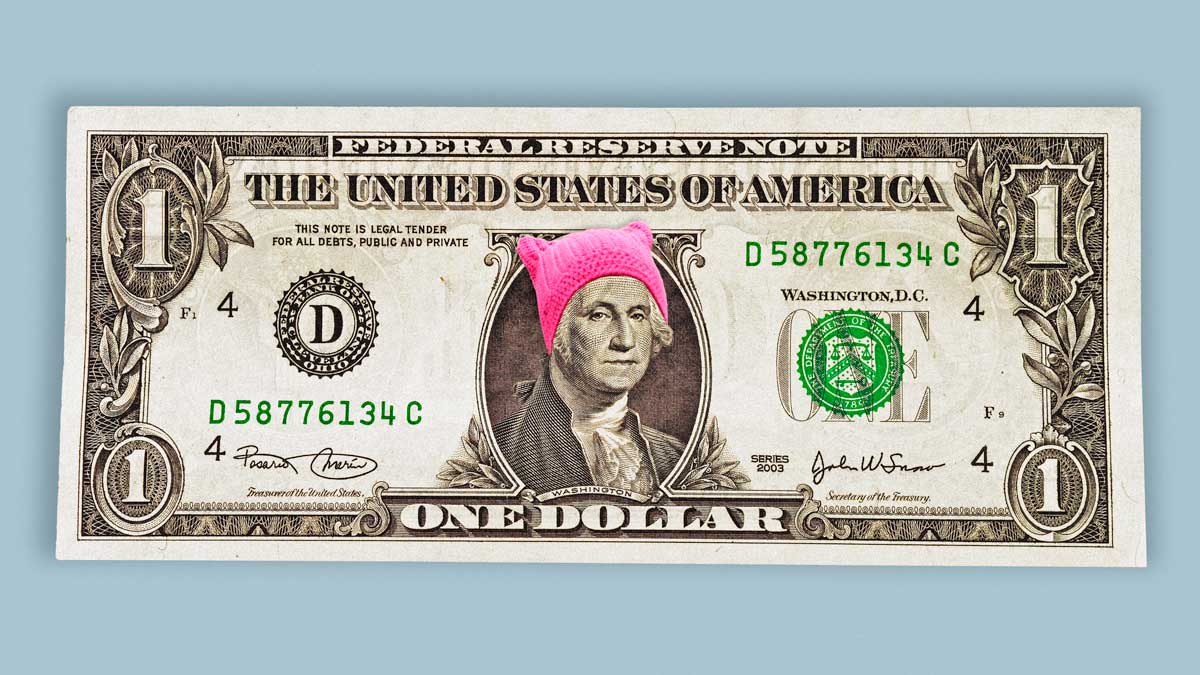When will gold prices hit $3,000 per ounce? Here's what experts think
After a brief stabilization period, gold's record-breaking year is back. In March, gold prices hit an all-time high of $2,160 per ounce and then repeated the feat in April, surpassing the $2,259 mark for another milestone achievement. The price of gold then soared to $2,435 on May 20, before adjusting to spot prices around $2,300 in June.
But then, just when it appeared that gold's price had stabilized, it jumped to $2,493 on July 17, its latest record-setting price in 2024. Gold's surging rally may be attributed to a safety play against stubborn inflation, elevated interest rates and heavy central bank purchases, among other factors.
However, gold's significant rally this year sparks questions about how high the price of gold will rise. Could gold's spot price hit $3,000 per ounce, and if so, when? We asked some experts for their predictions.
Are you considering a gold investment now? Learn more about your options here now.
Will gold prices hit $3,000 per ounce?
"Yes, I do believe gold will hit $3,000 over time," said Chris Gaffney, the president of world markets at EverBank. In June, Gaffney correctly predicted the price of gold would exceed its previous high of $2,450, which it did last week.
When the price will surpass the $3,000 mark is harder to predict, says Gaffney. "I believe that the next big move for gold will occur following the announcement by the FOMC of a rate cut—possibly this September. Lower interest rates and continued geopolitical uncertainty will propel gold higher, but I don't think we will hit $3,000 this year as that is a 25% appreciation from where we are trading right now."
Indeed, it's unlikely gold's price will rise to $3,000 per ounce this year, barring extraordinary and unexpected events. However, if gold's growth rate continues its 21st-century trajectory, gold may hit $3,000 in the coming years, says Patrick Yip, senior director of business development at American Precious Metals Exchange, Inc. (APMEX).
"Since the year 2000, gold has had a compound annual growth rate (CAGR) of 8.8%. If this carries forward, gold will exceed $3,000 by 2027," says Yip, who notes that during the same period, there have been seven years where gold saw a return of more than 20%. "If we see continued geopolitical uncertainty, rate cuts or increased central bank buying, gold may exceed $3,000 as soon as next year."
It makes sense, then, to invest in the precious metal now before the price becomes prohibitive. Get started online now.
Other considerations
While experts can review key indicators to forecast the future price of gold, unforeseen changes in any of the numerous variables that contribute to gold's value make it difficult to predict with certainty. "It's impossible to know where gold prices are going, but viewed more broadly, that's the point of gold: to be a hedge, or a shelter, against uncertainty," says Dr. Peter C. Earle, an economist at the American Institute for Economic Research.
As Earle notes, the economic factors that impact gold are coming into focus for now. "As the economic picture has begun to clear up, with disinflation proceeding and unemployment rising, the Fed's near-term path looks clearer, regardless of whether a substantial slowdown or even recession are ahead," says Earle. Geopolitical tensions abroad and concern over the current U.S. presidential election, among other considerations, could also favor higher gold prices, Earle says.
The bottom line
Gold''s recent record-setting trend is attracting plenty of new investors, but can we expect this type of return to continue? A $3,000 per ounce spot price might've seemed unthinkable in the past, but it may be possible in the next few years. Of course, no one knows the answer with absolute certainty, as market conditions are constantly changing. Many gold experts recommend not allocating more than 10% of your portfolio to gold and other precious metals, due to the potential for short-term volatility.
Market current indicators support a solid floor for gold and potential room for growth. Heavy central bank purchasing, for example, is adding to gold demand. Rohan Reddy, director of research at Global X ETFs, points out, "Much of this run-up has been driven by foreign central banks, which continue to diversify their holdings into dollar-denominated assets amid geopolitical uncertainty and continued dollar strength. We view these central bank purchases to be a structural tailwind for gold demand, as it has put upward pressure on the gold trading volume we've typically seen in a year."






